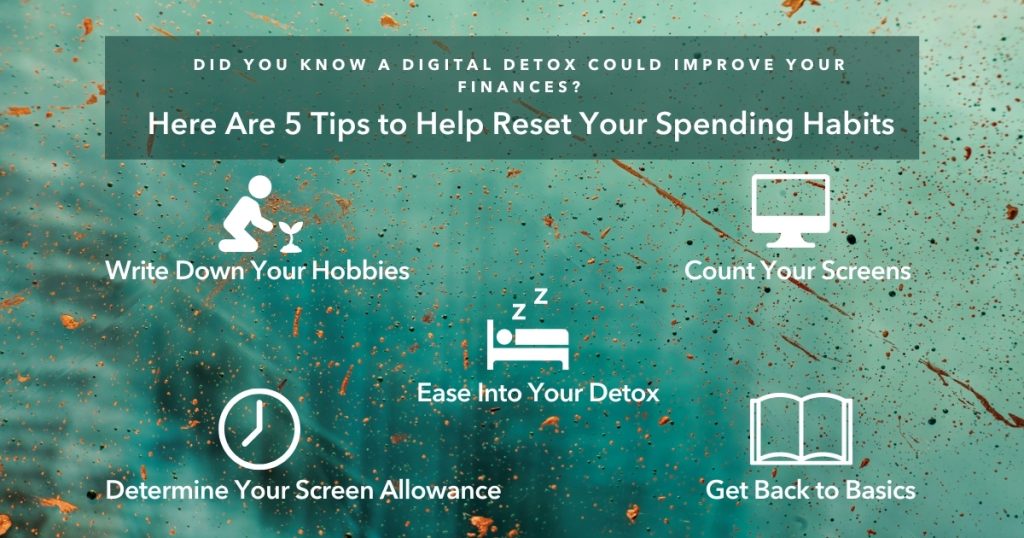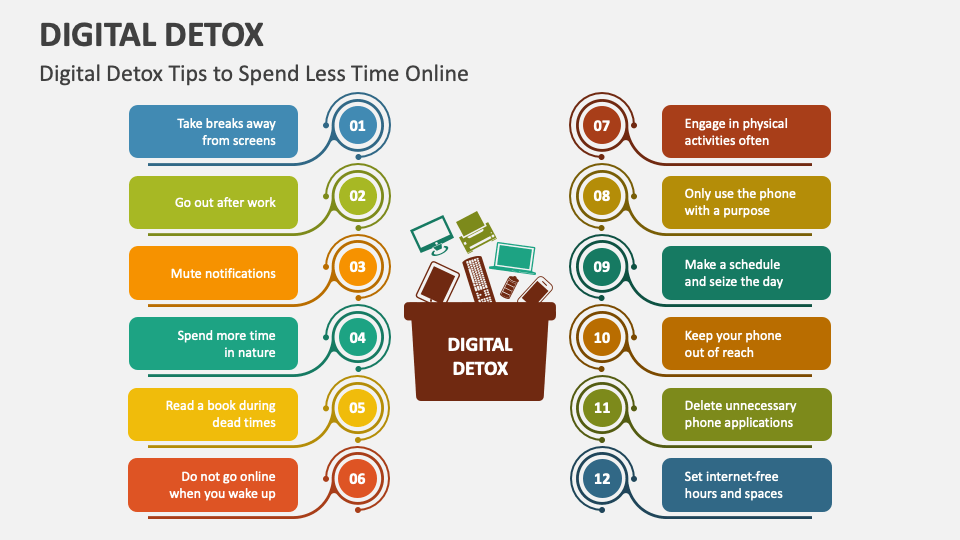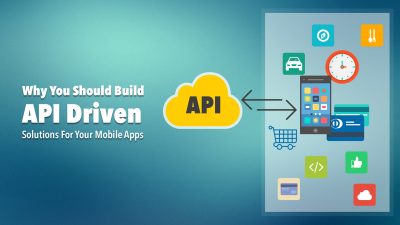Introduction
In a hyper-connected world, where screen time dominates daily life, a growing number of consumers are choosing to unplug. Whether for mental health, productivity, or lifestyle reasons, digital detoxers are actively reducing their exposure to screens, social media, and constant notifications. For marketers, this presents a unique challenge—and an opportunity. Let’s see Digital Detox Marketing.
Digital detox marketing is the art of reaching and engaging audiences who are intentionally avoiding digital platforms. It requires creativity, empathy, and a shift from traditional online strategies to more human-centered, offline, and experiential approaches.
Understanding the Digital Detox Movement
📱 What Is a Digital Detox?
A digital detox is a conscious break from digital devices—smartphones, computers, tablets, and social media. It can be temporary (a weekend retreat) or long-term (a lifestyle choice).
🧠 Why Are People Detoxing?
- Mental health: Reducing anxiety, stress, and burnout
- Focus and productivity: Escaping distractions
- Sleep quality: Avoiding blue light and late-night scrolling
- Authentic connection: Prioritizing face-to-face interaction
- Privacy concerns: Avoiding surveillance and data tracking
📊 Who Are Digital Detoxers?
- Gen Z and Millennials seeking balance
- Parents concerned about screen time
- Wellness enthusiasts
- Professionals in high-stress roles
- Eco-conscious and minimalist consumers
Challenges of Marketing to Screen-Free Audiences
⚠️ Limited Digital Touchpoints
Traditional channels like social media ads, email campaigns, and push notifications may not reach them.
⚠️ Skepticism Toward Tech
These users may distrust digital platforms and prefer brands that align with their values.
⚠️ Preference for Authenticity
They value real-world experiences, human connection, and transparency.

Strategies for Digital Detox Marketing
1. Offline Experiences
🧘 Wellness Retreats & Events
Host yoga sessions, nature walks, or mindfulness workshops that align with detox values.
🛍️ Pop-Up Shops
Create immersive, screen-free retail experiences that encourage tactile interaction.
📚 Print Media
Use magazines, flyers, and direct mail to reach audiences in their homes or communities.
2. Human-Centered Storytelling
🗣️ Word-of-Mouth Marketing
Encourage loyal customers to share their experiences offline.
🎤 Community Ambassadors
Partner with influencers who promote digital wellness and minimalism.
📖 Analog Content
Publish zines, journals, or books that reflect your brand’s ethos.
3. Product Design for Detoxers
⏱️ Tech-Lite Products
Design apps or devices with minimal notifications, grayscale modes, or scheduled downtime.
🧩 Physical Alternatives
Offer analog versions of digital tools—planners, games, or wellness kits.
🌿 Sustainable Packaging
Use eco-friendly materials that appeal to detoxers’ values.
4. Experiential Marketing
🎪 Events Without Screens
Create environments where phones are checked at the door and interaction is encouraged.
🎨 Interactive Installations
Use art, sound, and nature to engage senses beyond the screen.
🎁 Surprise & Delight
Send handwritten notes, curated gift boxes, or personalized items.
5. Ethical Branding
🧠 Transparency
Be clear about data use, tracking, and privacy policies.
💬 Honest Messaging
Avoid clickbait and manipulative tactics. Focus on value and authenticity.
🌍 Purpose-Driven Campaigns
Support causes that resonate with detoxers—mental health, sustainability, digital rights.

Case Studies
🧘♀️ Headspace
Promotes mindfulness and screen breaks through guided audio and offline events.
📦 Public Goods
Offers minimalist, eco-friendly products with simple packaging and ethical branding.
📚 The School of Life
Publishes books and hosts workshops focused on emotional intelligence and offline reflection.
🏕️ Unplugged Retreats
Organizes digital detox getaways with no Wi-Fi, encouraging real-world connection.
Measuring Success Without Screens
📈 Offline Metrics
- Event attendance
- Product sales in physical stores
- Direct mail response rates
🧠 Sentiment Analysis
- Feedback from surveys and interviews
- Word-of-mouth buzz
🧭 Brand Loyalty
- Repeat purchases
- Community engagement

Tools for Digital Detox Marketing
- Canva Print – Design flyers and posters
- Eventbrite – Manage offline events
- Mailchimp Postcards – Send physical mail campaigns
- SurveyMonkey – Collect feedback from offline audiences
- Local Press & Radio – Reach regional audiences
Future of Digital Detox Marketing
1. Hybrid Campaigns
Blend online and offline touchpoints for balanced engagement.
2. Mindful Tech Integration
Use tech to promote wellness, not addiction.
3. Community-Led Growth
Empower users to spread your message organically.
4. Slow Marketing
Focus on depth, not speed—quality over quantity.
Conclusion
Digital detox marketing is not about abandoning technology—it’s about reimagining connection. It challenges brands to be more thoughtful, more human, and more aligned with the values of a growing audience that craves authenticity and balance.
By embracing offline experiences, ethical storytelling, and mindful design, marketers can build trust and loyalty with screen-free consumers—creating impact that lasts beyond the scroll.





